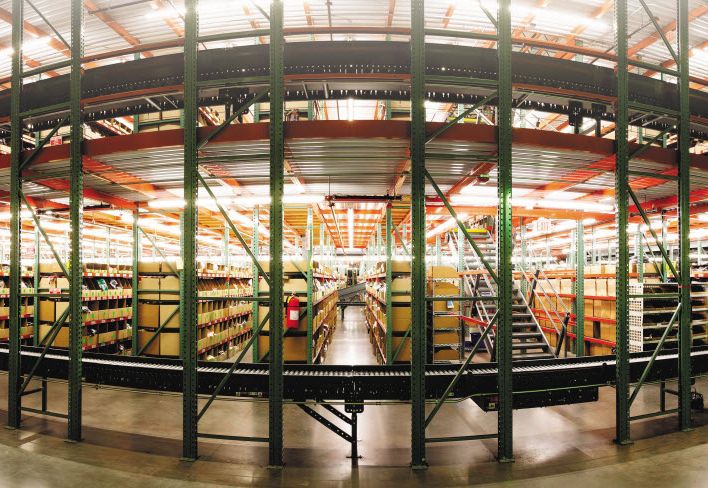-
Global
-
Africa
-
Asia Pacific
-
Europe
-
Latin America
-
Middle East
-
North America
- |
- Partners
- |
-
Currency:Localize your Content
You can set your preferred currency for this account.
Choose a Currency
Currency- CHOOSE YOUR CURRENCY
Update Currency
Changing Currency will cause your current cart to be deleted. Click OK to proceed.
To Keep your current cart, click CLOSE and then save your cart before changing currency.
-
Select Account
Switching accounts will update the product catalog available to you. When switching accounts, your current cart will not move to the new account you select. Your current cart will be available if you log back into this account again.
Account# Account Name City Zip/Post Code CANCELPROCEEDMy Account
-
Support
- View All Productivity Solutions
- Warranties
- Patents
- Global Locations
- Technical Support
- Discontinued Products
- Quality Program and Environmental Compliance
- Return Material Authorization (RMA)
- Legal Documents
- Product Certification
- Software Downloads
- Cyber Security Notifications
- Case Studies and Success Stories
-
Global
-
Africa
-
Asia Pacific
-
Europe
-
Latin America
-
Middle East
-
North America
- |
- Partners
- |
You are browsing the product catalog for
You are viewing the overview and resources for
- News & Events
- Featured stories
- 10 Steps to Improve Operational Efficiency
10 Steps to Improve Operational Efficiency


10 Steps to Improve Operational Efficiency
August 13, 2019
As rising order volumes place increasing pressure on labor resources, e-commerce order fulfillment (e-fulfillment) center managers are always looking for ways to improve operational efficiencies. Compared to traditional distribution centers, these e-fulfillment centers require significantly more labor resources to get orders out the door, according to promised customer service level agreements (SLAs).
To meet SLAs without cutting into profit margins, managers need to be able to quickly identify underperforming labor resources and process bottlenecks. So, how do you do that? Our experts have identified 10 simple ways companies like yours can identify operational inefficiencies and address them before they impact the bottom line.
- Know your operation. Managers often overlook the value of regularly walking the floor to evaluate areas that are labor-intensive or where traffic may be congested. In addition to this simple step, more formal audits, metrics analysis and even business intelligence tools are useful to evaluating operations.
- Train, train and train again. Regular training (and cross-training) on systems and processes is critical to running efficient operations for associates and management alike. Posting cheat sheets, documenting SOPs, and establishing a “coaching” methodology are also training best practices.
- Put people first. To train, grow and retain employees, never forget that it’s still a people-centric business where relationships are important. To keep labor focused on productivity, establish five key metrics as common ground. Then, reward top performers while discouraging unproductive habits.
- Keep an order fulfillment focus. With increasing order volumes and SKU types, give your operation the proper tools to meet the challenge. From regular MHE maintenance and system design evaluation to mobile devices and golden zone slotting, your goal is to create an environment that helps pickers perform at their best.
- Improve customer service. It’s a service-oriented industry, and even the smallest of details can make a measurable difference. Reducing internal backlogs and ensuring vendor compliance are two easy-to-implement examples of how to do this.
- Remove barriers to success. Perform process analysis to track problems and identify opportunities for improvements. Pareto charts are useful for uncovering extremes and determining where to make changes. This is not a “set-and-forget” mentality, but an ongoing process.
- Raise the bar. Even after you’ve made improvements, it’s important to not settle for a new status quo. Instead, always strive to incrementally improve results and raise the productivity of low-performing associates.
- Review processes. You would be surprised how many e-fulfillment centers don’t have proper process documentation. Once in place, these can be evaluated and updated for continual process improvement, or entirely rebuilt to incorporate new workflows or automation.
- Benchmark against your peers. Network within the MHE industry to gain insights and learn strategies that others have already successfully deployed. Engaging with your vendors and suppliers gives them opportunities to add value to your operations.
- Assess the power of your system. Conduct a technology review to assess the efficiency of your MHE system. Is it delivering the throughput your operation requires? Then familiarize what offerings are available in the marketplace and decide if an upgrade is necessary.
Even taking a few of these steps can quickly help your operations become more efficient. We urge you to read our Operational Efficiency white paper, then reach out to Honeywell Intelligrated for more information on how you can meet your process improvement goals.
To subscribe to our blog and receive exclusive communications and updates from Honeywell Intelligrated, click here.
Let's Connect!
Sign up to receive exclusive communications from Honeywell including product updates, technical information, new offerings, events and news, surveys, special offers, and related topics via telephone, email, and other forms of electronic communication.
Copyright © 2025 Honeywell International Inc
Maximum File Size
Maximum Files Exceeded
Due to inactivity you will be logged out in 000 seconds.
Maximum File Size
Maximum Files Exceeded
You cannot access this page as this product is not available in your country.

